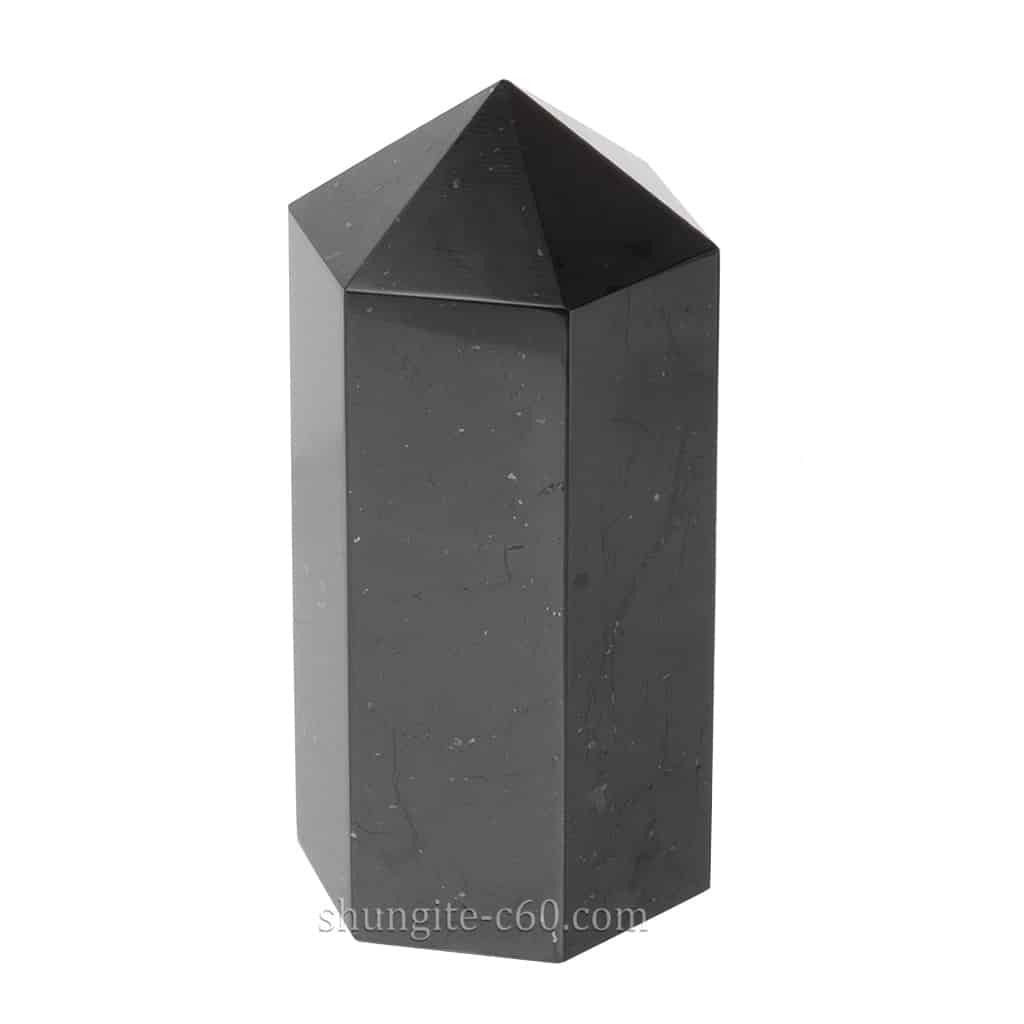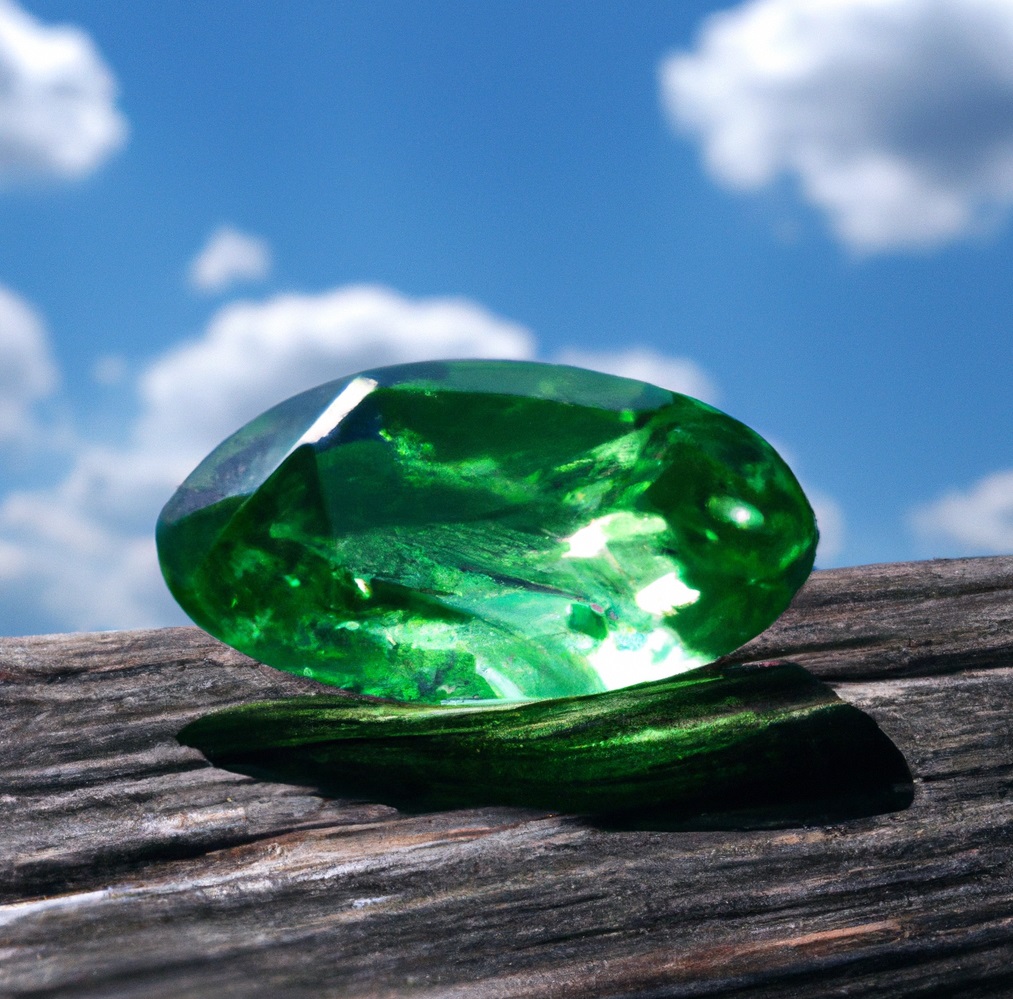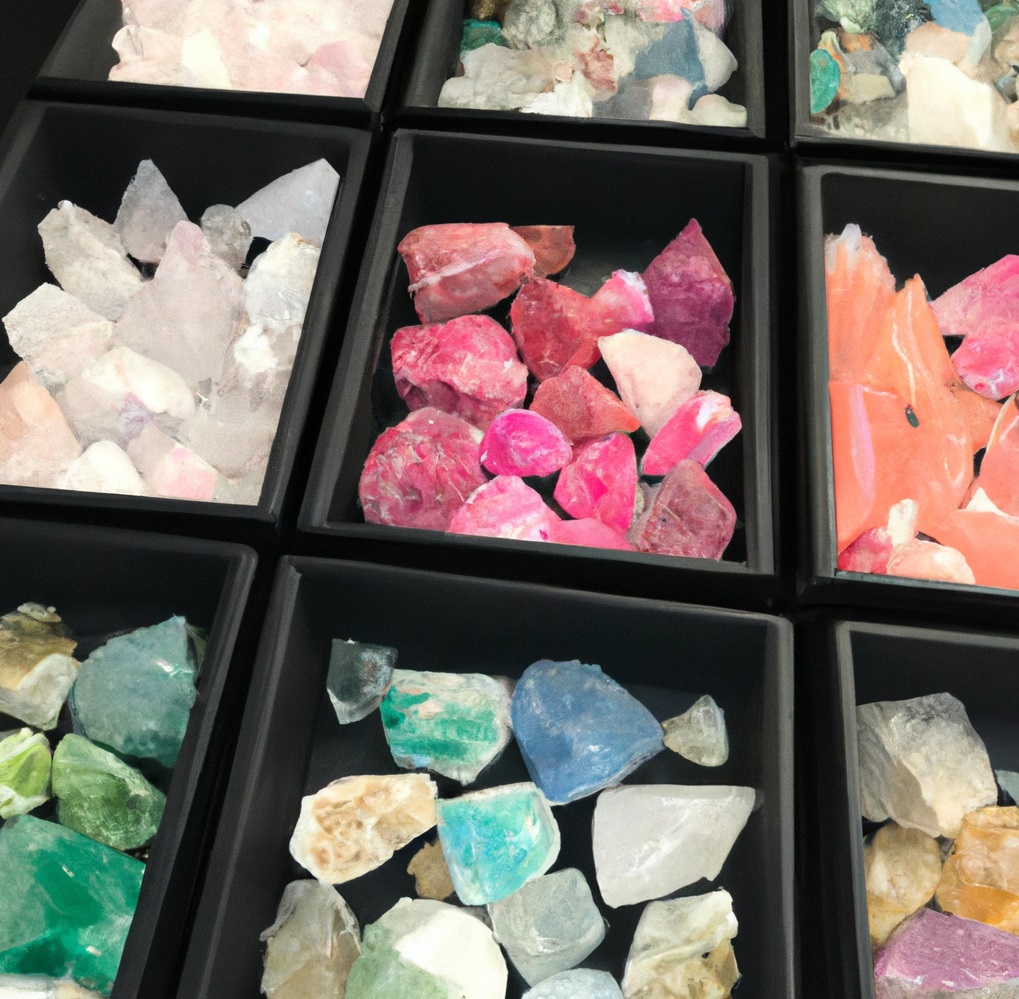Obsidian Types: Exploring the Rich Varieties of Obsidian
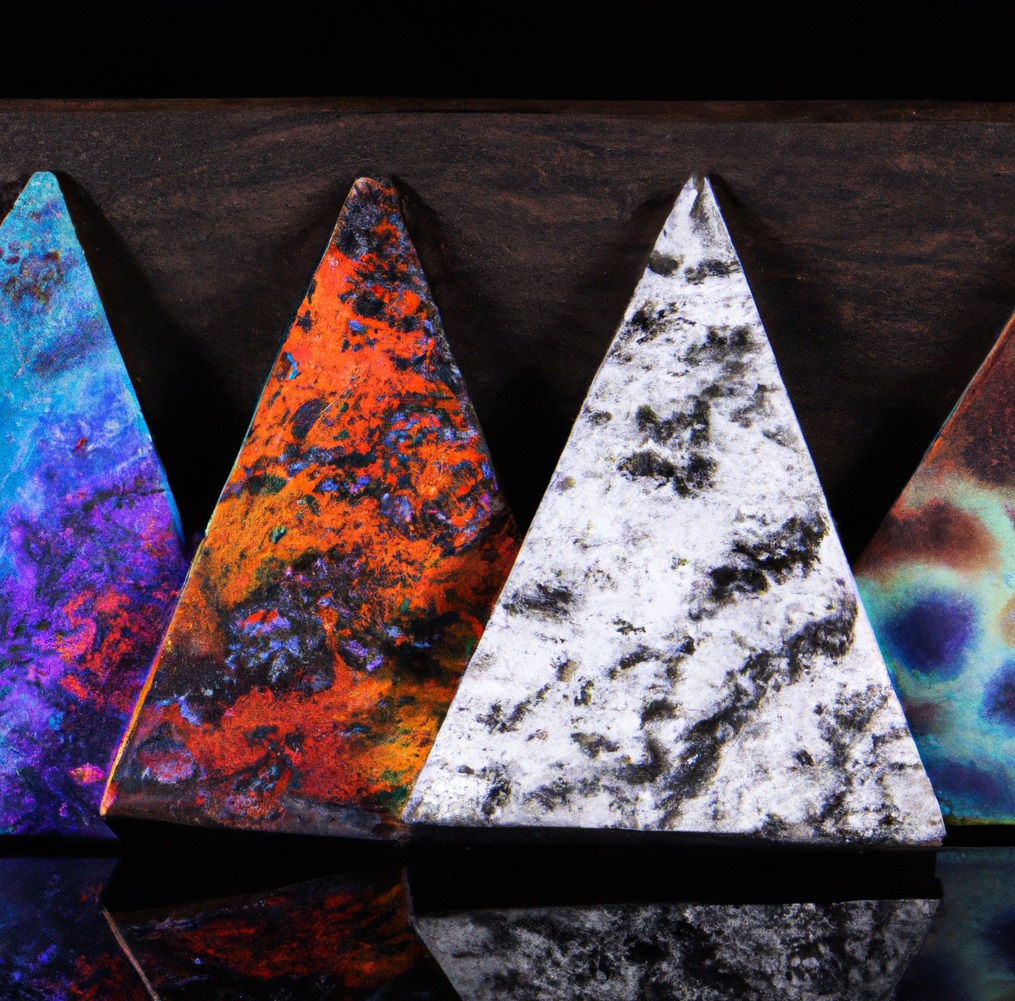
Obsidian, a naturally occurring volcanic glass, is formed when felsic lava extruded from a volcano cools rapidly with minimal crystal growth. Its unique properties and diverse forms have fascinated geologists and gem enthusiasts alike. In this comprehensive exploration, we delve into the various types of obsidian, each with its distinct characteristics and uses.
Introduction to Obsidian
Obsidian is a captivating natural glass formed from volcanic lava cooling rapidly. Known for its glossy black appearance, it has been used for centuries in various cultural and spiritual practices. Beyond its aesthetic appeal, obsidian is believed to possess mystical properties, offering protection and clarity of thought.
Often used as a grounding stone in meditation, it is said to absorb negative energy. Obsidian’s rich history and unique properties make it a fascinating subject of interest for both collectors and those seeking its metaphysical benefits. This article delves into the depths of obsidian’s rich history, diverse types, and multifaceted uses.
The Genesis of Obsidian
Obsidian’s formation is a fascinating geological process. It occurs when lava rich in silica (about 70%) cools so swiftly that atoms are unable to arrange into a crystalline structure. The result is a glassy, smooth texture that sets obsidian apart from other volcanic rocks.
Types of Obsidian
Each Obsidian type boasts distinct characteristics and appearances. From the lustrous Sheen Obsidian, known for its chatoyancy, to the striking Rainbow Obsidian with colorful iridescence, obsidian enthusiasts can delve into a world of diversity. Snowflake Obsidian, featuring white snowflake-like inclusions, is prized for its grounding properties.
Mahogany Obsidian showcases warm reddish-brown hues, and Gold Sheen Obsidian shimmers with golden reflections. These different obsidian types cater to collectors and those seeking unique metaphysical benefits alike.
Black Obsidian
The most common and well-known type, black obsidian, is characterized by its dark, glossy appearance. Formed from rapidly cooling lava, it often contains very few impurities, giving it a uniform color.
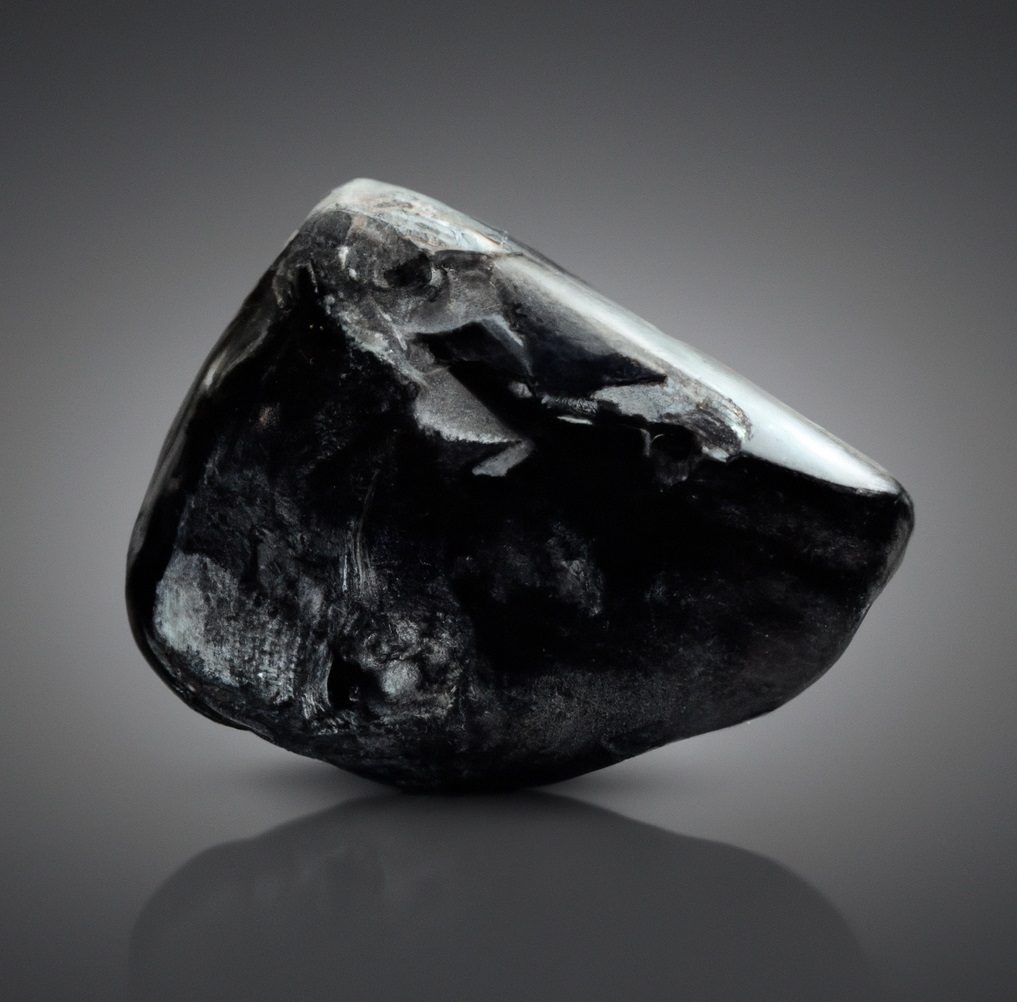
Snowflake Type
This type is easily recognizable by its pattern of spherulites of cristobalite (a form of silica) which appear like snowflakes against the dark obsidian. It results from partial crystallization in the glass.
Mahogany Obsidian
Named for its mahogany-like color, this variety is a mix of black and reddish-brown hues, created by iron inclusions. The unique banded appearance makes it particularly appealing for decorative uses.
Rainbow Type
This variety displays a stunning play of colors, often showing layers of purple, green, and gold. These colors are due to the inclusion of magnetite nanoparticles causing light interference.
Sheen
Sheen Obsidian, known for its reflective qualities, exhibits a bright, silvery sheen. This sheen is due to the presence of tiny gas bubbles that were trapped in the lava as it cooled.
Peacock
Similar to rainbow obsidian, peacock obsidian showcases a vivid array of colors, resembling a peacock’s feathers. This iridescence is due to microscopic inclusions of minerals like mica or hematite.
Apache Tears
These are small, rounded pieces of obsidian, usually black, that are found embedded within a grayish-white perlite matrix. Apache Tears are unique for their smooth, water-worn appearance, contrasting with the typical sharp edges of obsidian.
Fire Obsidian
Fire obsidian is known for its iridescent layers that create a fire-like effect. This is due to the micro-layers of magnetite, which refract light in different colors.
Electric Blue Type
A rarer type, this obsidian displays a mesmerizing deep blue color. It’s a result of the unique trace elements present during its formation.
Green Obsidian
This type is rich in iron and magnesium, giving it a green hue. It’s less common and highly sought after for its unique color and metaphysical properties.
Obsidian in History and Culture
Historically, obsidian has played a significant role in various cultures. It was used by ancient peoples for making sharp tools and weapons due to its conchoidal fracture properties. In Mesoamerica, it was prized for creating intricate and highly valued artifacts.
Metaphysical and Healing Properties
Obsidian is also renowned for its metaphysical properties. It’s believed to provide grounding, protection, and healing. Different types of obsidian are thought to have specific powers, like snowflake obsidian for balance and purity, and mahogany obsidian for strength and stamina.
Uses of Obsidian Today
Today, obsidian’s applications are diverse. It’s used in jewelry, decorative items, and even in surgical scalpel blades due to its sharpness. The beauty and utility of obsidian continue to make it a valuable resource.
Conclusion
The world of obsidian is rich and varied, offering an array of types each with unique qualities. From the deep black of the classic obsidian to the vibrant colors of rainbow and peacock varieties, there is a type of obsidian to intrigue every enthusiast. Whether it’s for its aesthetic beauty, historical significance, or metaphysical properties, obsidian remains a fascinating subject in the realms of geology and beyond.
Let us also note that we offer a large selection of souvenirs made of rare Russian stone Shungite. In our catalog you can find many different products made of this rare useful stone for protection against EMF or water treatment.
 Dutch
Dutch English
English French
French German
German Italian
Italian Spanish
Spanish Swedish
Swedish